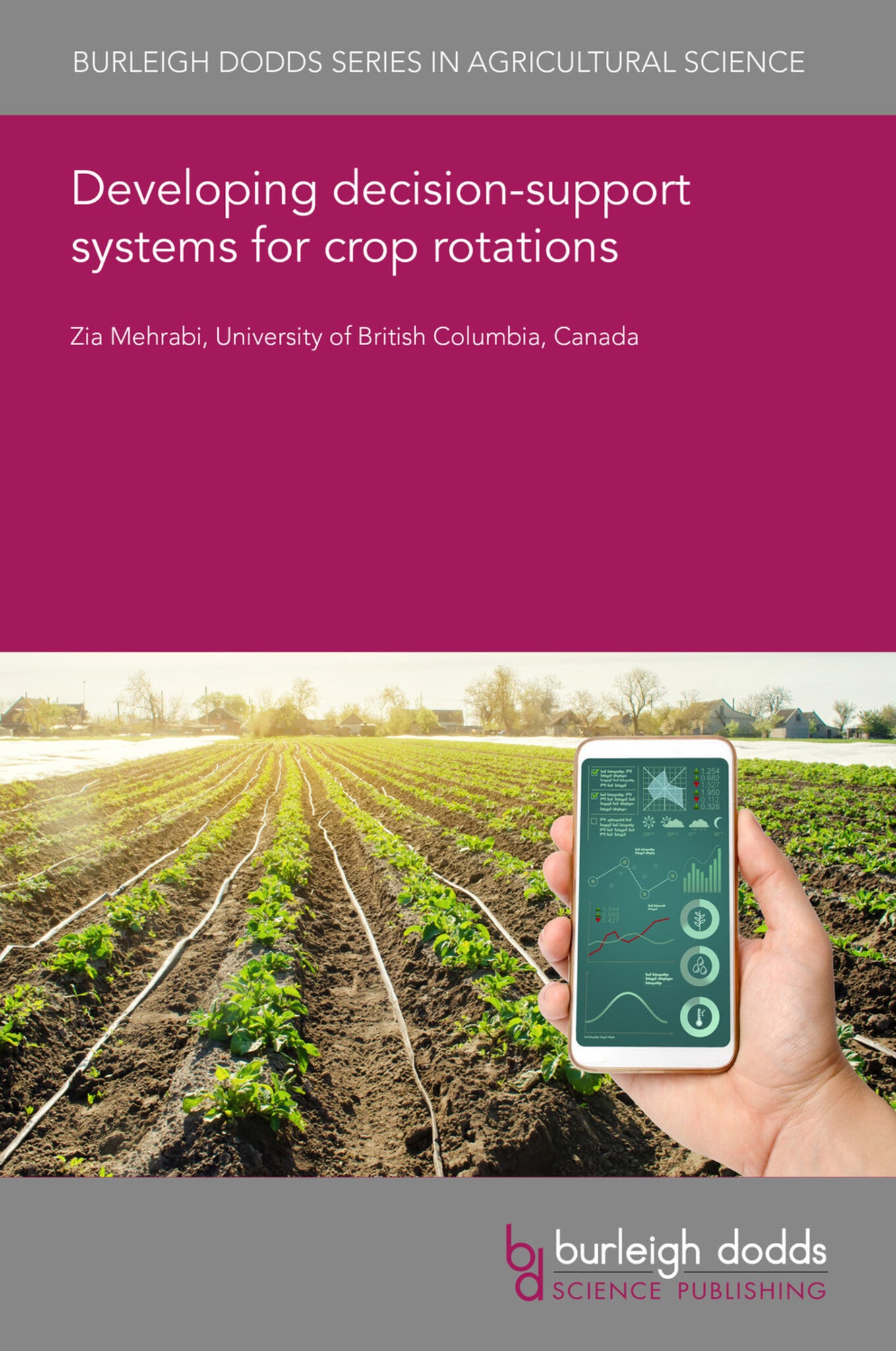We're sorry. An error has occurred
Please cancel or retry.
Developing decision-support systems for crop rotations
Regular price
£25.00
Sale price
£25.00
Regular price
£25.00
Unit price
/
per
Sale
Sold out
Re-stocking soon
Crop rotations have formed a fundamental component of agricultural systems for millennia. Improved decision support systems for crop rotations hold great potential for improving soils and agricultu...
Read More

Some error occured while loading the Quick View. Please close the Quick View and try reloading the page.
Couldn't load pickup availability
- Format:
-
27 April 2020

Crop rotations have formed a fundamental component of agricultural systems for millennia. Improved decision support systems for crop rotations hold great potential for improving soils and agricultural sustainability. New opportunities exist to gather and collect on farm data at unprecedented temporal and spatial resolution and frequency, heralding an age of personalized decision support tools for which learn and provide adaptive recommendations for multiple sustainability indicators, based on time-varying constraints, and real time data on climate, markets, and pests. At the heart of this new development is the requirement for better human centered design, improved efforts to understand of how farmers think and feel and a sharper alignment of interests between technologists and farming communities to improve access, and to facilitate long-term agricultural transformation into the future.

Price: £25.00
Publisher: Burleigh Dodds Science Publishing
Imprint: Burleigh Dodds Science Publishing
Series: Burleigh Dodds Series in Agricultural Science
Publication Date:
27 April 2020
ISBN: 9781786767318
Format: eBook
BISACs:
TECHNOLOGY & ENGINEERING / Agriculture / Agronomy / Crop Science, Agronomy and crop production, TECHNOLOGY & ENGINEERING / Agriculture / Sustainable Agriculture, Sustainable agriculture

1 Introduction 2 Key information challenges 3 Ecological theory 4 Agronomic models 5 Encoding farmer decisions 6 Design principles 7 Outlook 8 Where to look for further information 9 References



